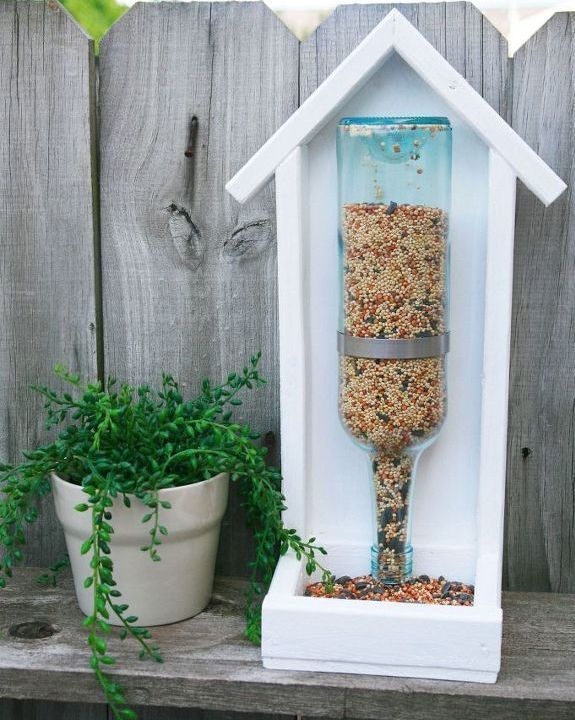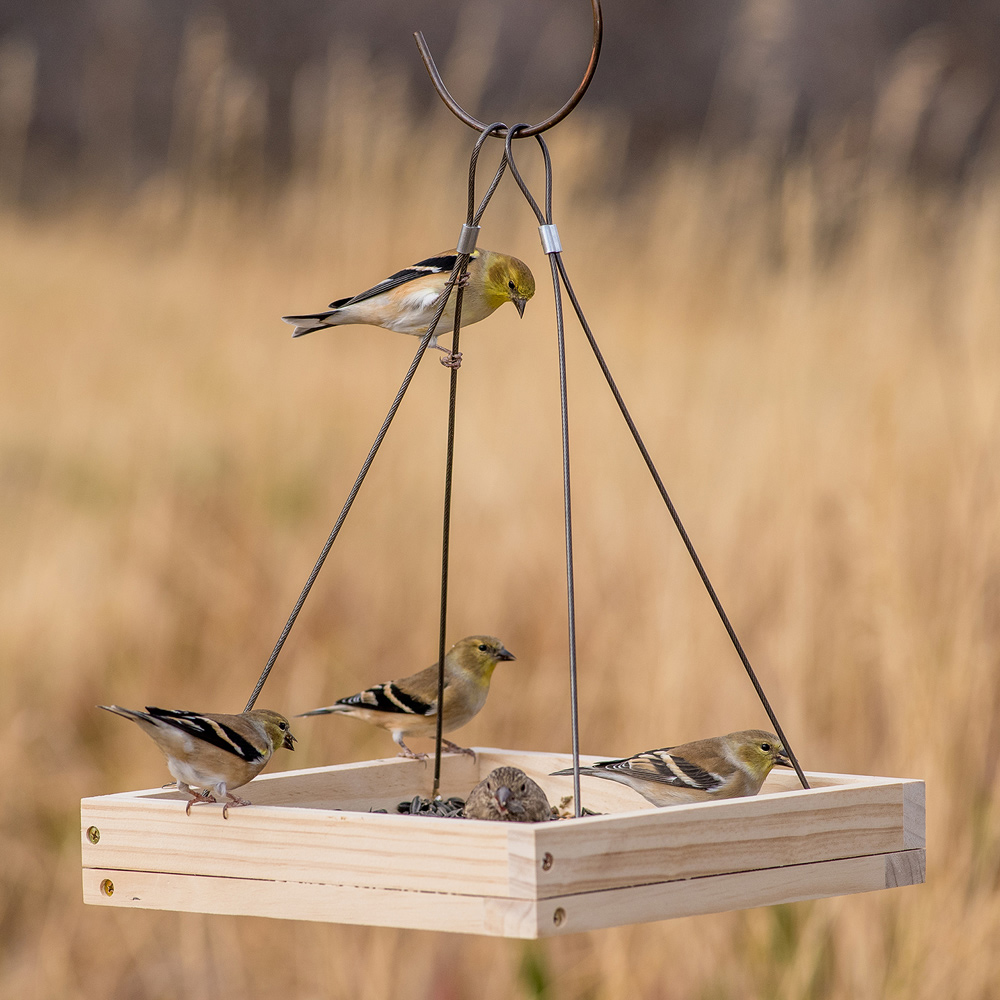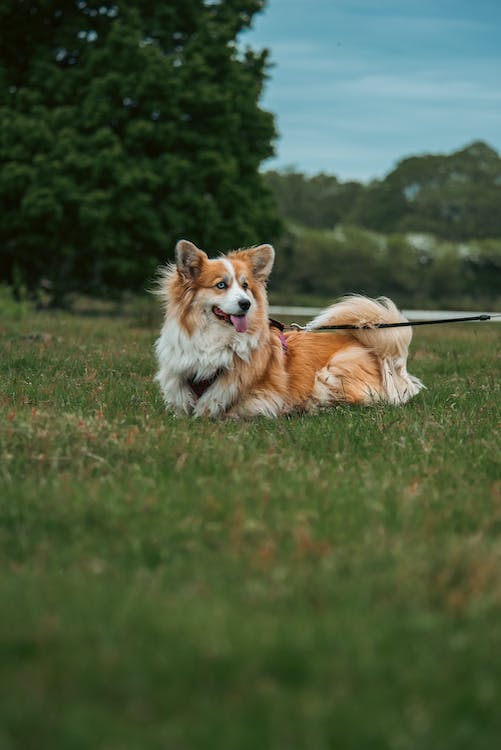
The enchanting world of birds, with their vibrant plumage and melodious songs, has captivated us for centuries. Attracting these feathered friends to our backyards not only brings a touch of nature’s beauty to our homes but also offers a unique opportunity to observe their fascinating behaviors and contribute to their well-being. DIY bird feeders, a creative and rewarding endeavor, provide an excellent way to achieve these goals.
Gathering Materials and Tools for Your DIY Bird Feeder Project
Before embarking on your DIY bird feeder journey, it’s essential to gather the necessary materials and tools. Common materials used in DIY bird feeders include wood, plastic bottles, recycled items, and various hardware components. These materials should be durable, weather-resistant, and safe for birds.
Tools required for various DIY bird feeder projects may include saws, hammers, drills, screwdrivers, and safety gear. The specific tools needed will depend on the type of feeder you choose to construct.
Popular DIY Bird Feeder Designs: A Step-by-Step Guide
The realm of DIY bird feeders offers a diverse range of designs, each with its unique charm and functionality. Let’s explore some popular options and provide step-by-step instructions for their construction:
-
Platform Feeders: These simple yet versatile feeders cater to a wide variety of bird species. To create a platform feeder, assemble a wooden base, attach a perch for birds to land on, and secure a tray to hold the seeds.
-
Hopper Feeders: These feeders provide a consistent food supply by storing seeds in a container, allowing birds to access them through openings. To construct a hopper feeder, cut plastic bottles or PVC pipes to create the container, add a hopper top with openings, and attach a perch.
-
Suet Feeders: Designed for birds that prefer suet, a high-energy food source, suet feeders typically consist of a wire mesh basket or recycled container. Fill the container with suet and hang it from a branch or tree using a sturdy wire or rope.

-
Window Feeders: These feeders offer a close-up view of birds, attaching directly to windows. To create a window feeder, attach a suction cup or adhesive to a container, fill it with seeds, and mount it securely on a window.
Tips for Enhancing Your DIY Bird Feeder
To maximize the functionality and appeal of your DIY bird feeder, consider these practical tips:
-
Location: Choose a spot with ample shade and protection from predators, such as hawks or cats.
-
Seed Variety: Offer a mix of seed types to attract a diverse range of birds, including sunflower seeds, safflower seeds, and millet.
-
Cleanliness: Regularly clean the feeder to prevent mold or debris buildup, maintaining a hygienic environment for the birds.
-
Monitoring: Monitor the feeder regularly to ensure a consistent food supply and identify any signs of overcrowding or competition among bird species.

Creative Personalization
Make your DIY bird feeder a unique reflection of your style by incorporating creative elements:
-
Decoration: Paint or decorate the feeder with non-toxic materials, adding a touch of personal flair.
-
Embellishments: Enhance the feeder’s appeal with decorative elements like pebbles, artificial flowers, or bird-themed figurines.
-
Species Specificity: Cater to specific bird species by incorporating features that attract them, such as specialized perches or seed types.
Safety Considerations for Birds and Wildlife
Prioritizing bird safety is paramount when constructing and using DIY bird feeders:
-
Sharp Edges: Avoid using sharp edges or materials that could injure birds.
-
Hazard Awareness: Place feeders away from power lines, fences, or other potential hazards.
-
Cleanliness: Maintain a clean feeder area to prevent the spread of diseases.
-
Seed Quality: Use only fresh, high-quality seeds to avoid attracting pests or harming birds.
Enjoying the Benefits of Your DIY Bird Feeder
The rewards of creating and maintaining your DIY bird feeder extend far beyond the satisfaction of a craft project:
-
Bird Watching Delights: Observe the variety of bird species attracted to your feeder, studying their unique behaviors and personalities.
-
Backyard Harmony: Immerse yourself in the tranquility of birdsong, transforming your backyard into a haven for feathered visitors.
-
Conservation Contribution: Play a role in bird conservation by providing a reliable food source and habitat.
-
Additional Enhancements for Your DIY Bird Feeder Project
Beyond the core design and functionality, consider these additional enhancements to elevate your DIY bird feeder project:
-
Drainage: Moisture buildup can attract mold and mildew, potentially harming birds. Incorporate drainage holes in the base of the feeder or hopper to prevent water accumulation.
-
Weatherproofing: To ensure your creation withstands the elements, apply a coat of weather-resistant sealant to wooden feeders. Alternatively, opt for materials like PVC pipes or recycled plastic containers that are naturally weatherproof.
-
Squirrel Baffles: Squirrels can be persistent visitors to bird feeders. To discourage them, consider adding a squirrel baffle – a cone-shaped metal sheet or a curved piece of plastic – that allows birds to access the feeder but prevents squirrels from climbing.

Beyond DIY: Exploring Bird Feeder Alternatives
While DIY bird feeders offer a unique and satisfying experience, there are various commercially available options to suit your needs:
-
Pre-Assembled Feeders: A wide variety of pre-assembled feeders are readily available, offering options for every budget and desired style. Consider feeders made from recycled materials or those that support conservation efforts.
-
Specialized Feeders: Explore specialized feeders designed for specific bird species, such as hummingbird feeders with nectar dispensers or finch feeders with small perches and seed ports.
-
Bird Feeders with Additional Features: Some feeders incorporate additional features for enhanced functionality, such as feeders with built-in seed guards to minimize seed waste or feeders with solar-powered lights for nighttime viewing.

Contributing to Bird Conservation Efforts
Attracting birds to your backyard is not just about aesthetics; it can be a valuable contribution to bird conservation. Here’s how you can extend your efforts beyond bird feeders:
-
Habitat Creation: Plant native trees, shrubs, and flowers in your yard to provide natural food sources and nesting sites for birds.
-
Water Source: Birds need water for drinking and bathing. Consider adding a birdbath or small pond to your backyard.
-
Citizen Science: Participate in citizen science projects that track bird populations and migration patterns. These programs rely on data collected by bird enthusiasts to help researchers understand and protect bird species.
By taking these steps, you can create a backyard haven for birds, nurture your connection with nature, and contribute to a wider effort towards bird conservation.
-


